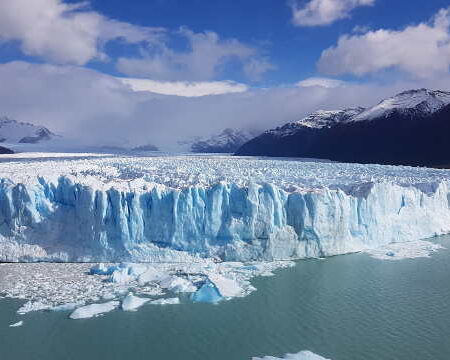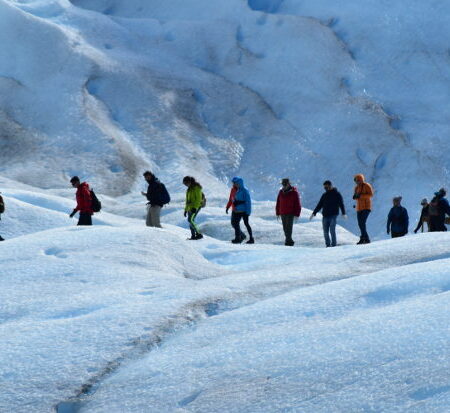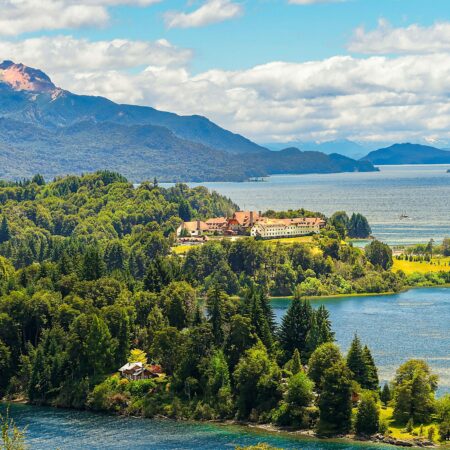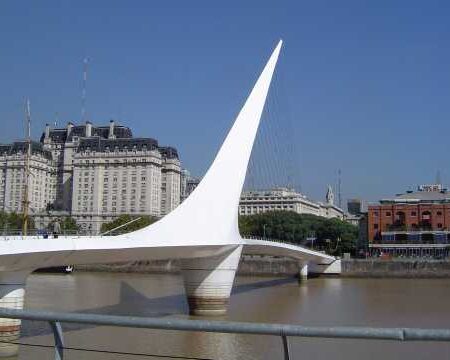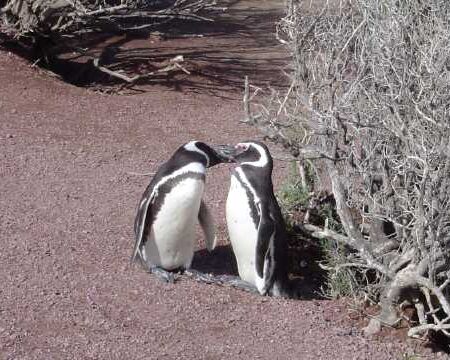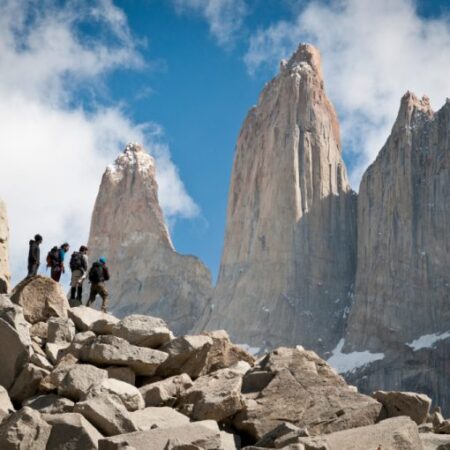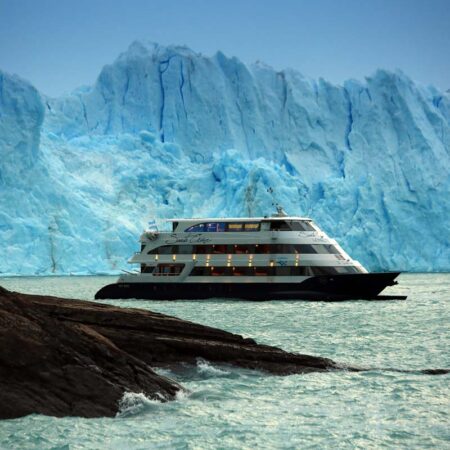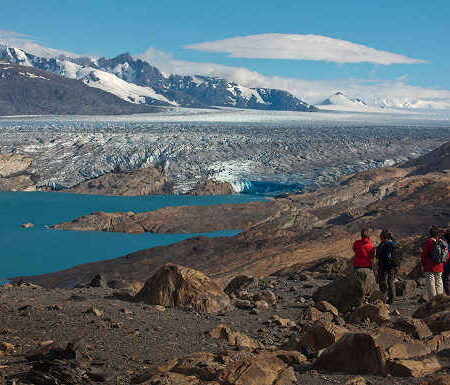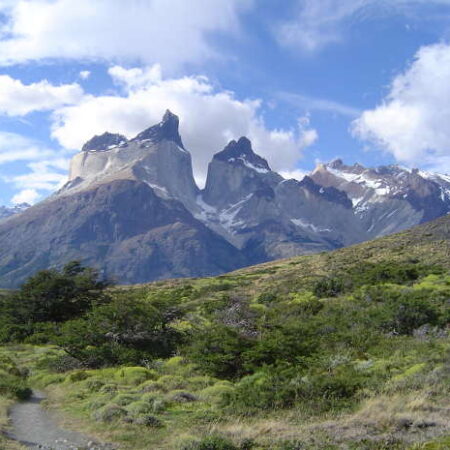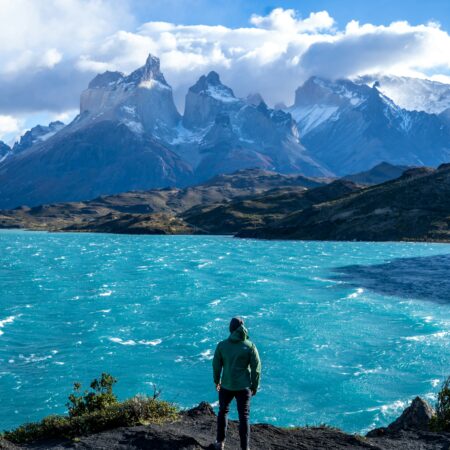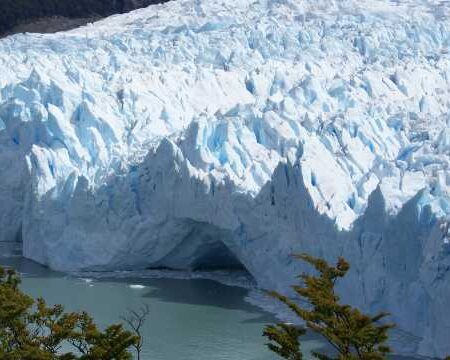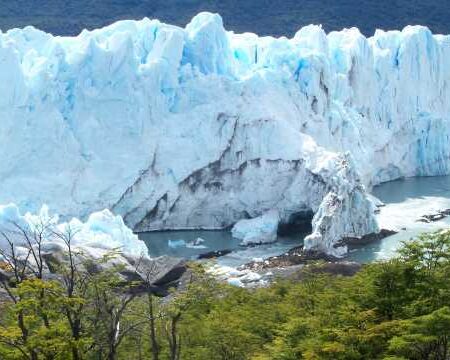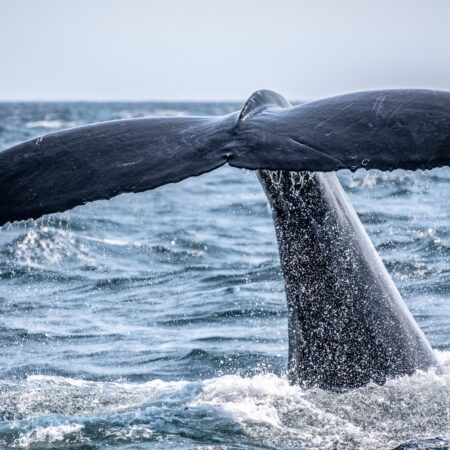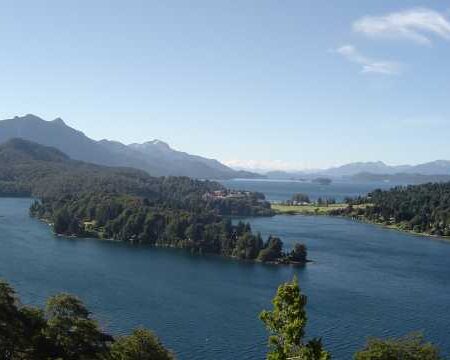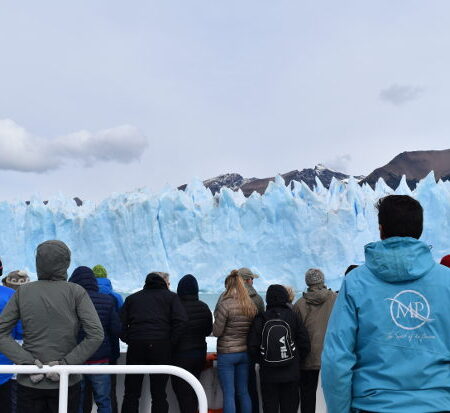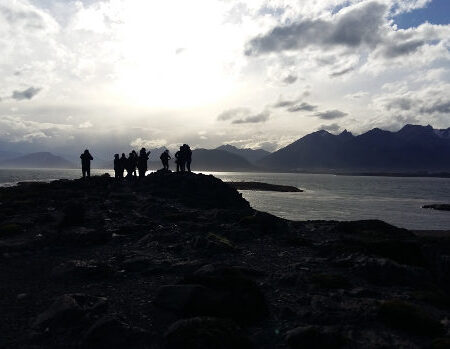On the Atlantic coast of Patagonia, within the San Matías Gulf and just 9 miles from San Antonio Oeste, lies Las Grutas, a seaside resort that in just a few decades has become one of the main tourist destinations in southern Argentina. Its name comes from the cavities the sea carved into the cliffs, some up to 26 feet high, which still shape the landscape today.

The history of the village is brief. In 1939, the first house was built by settlers from San Antonio Oeste. It was only in 1964, with the subdivision of lots, that expansion began. During the 1980s, it received a strong boost with the arrival of private investments, followed by government support that incorporated basic services such as water and electricity. Since then, growth has been constant and its appearance has acquired urban traits.
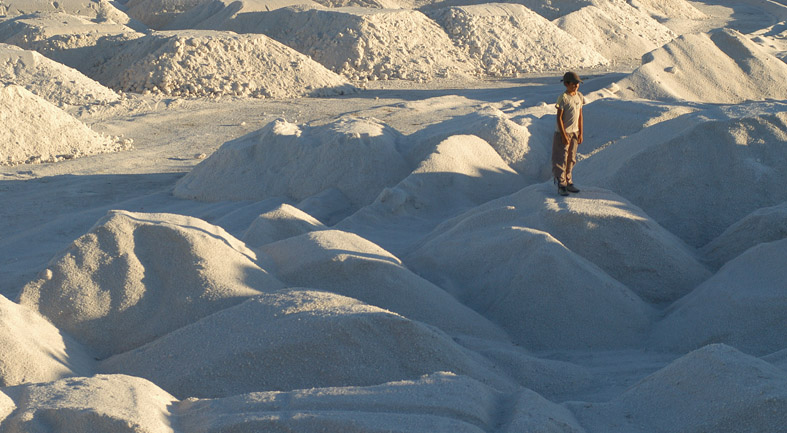 The main beach stretches for almost 2 miles and, at low tide, can reach more than half a mile wide. Its gentle slope makes it accessible and safe, while the medium cliffs framing it temper the action of the wind.
The main beach stretches for almost 2 miles and, at low tide, can reach more than half a mile wide. Its gentle slope makes it accessible and safe, while the medium cliffs framing it temper the action of the wind.

The sea, with its deep blue color and remarkable transparency, also has a high concentration of salts and iodine. The water temperature can rise up to 77 °F, a phenomenon popularly attributed to the arrival of a tropical current from Brazil.
 However, local studies indicate that the true origin lies in the tidal regime: twice a day the seabed is exposed to the sun, which heats the sand and rocks; when the water returns, it absorbs that heat and warms up, giving it its unique character.
However, local studies indicate that the true origin lies in the tidal regime: twice a day the seabed is exposed to the sun, which heats the sand and rocks; when the water returns, it absorbs that heat and warms up, giving it its unique character.
 The beaches of Las Grutas are the main attraction, but the surroundings add landscapes of interest. To the north, just over 1 mile away, is La Rinconada, a quiet area recently equipped with basic services. To the south, about 6 miles away, the spot known as El Sótano reveals perforated cliffs and reefs that invite environmental interpretation, though it is recommended to visit with a guide due to the risk of landslides.
The beaches of Las Grutas are the main attraction, but the surroundings add landscapes of interest. To the north, just over 1 mile away, is La Rinconada, a quiet area recently equipped with basic services. To the south, about 6 miles away, the spot known as El Sótano reveals perforated cliffs and reefs that invite environmental interpretation, though it is recommended to visit with a guide due to the risk of landslides.
Further on, 25 miles away, rises the rock formation called Fuerte Argentino, wrapped in Templar legends and linked to the work of “pulperos” who have long sought their livelihood here.
Another notable excursion leads to the Gualicho Salt Flats, a depression 236 feet below sea level and spanning 126 square miles. Sea salt is extracted here and sent to Buenos Aires for processing. According to Tehuelche tradition, it is the “Devil’s salt flat,” a place where, under the full moon, the white landscape transforms into a mysterious stage.
 Outside the summer season, between June and November, Las Grutas becomes a privileged setting for the sighting of the southern right whale. These giant mammals arrive at the San Matías Gulf during their breeding and calving cycle, and can be observed up close through boat tours arranged in the very center of the village.
Outside the summer season, between June and November, Las Grutas becomes a privileged setting for the sighting of the southern right whale. These giant mammals arrive at the San Matías Gulf during their breeding and calving cycle, and can be observed up close through boat tours arranged in the very center of the village.
Las Grutas is also connected with other coastal destinations such as Sierra Grande and its Playas Doradas, Islote Lobos, the deep-water port of San Antonio Este and the city of San Antonio Oeste with its fishing port. The range of activities includes diving, horseback riding on the beach, and ecotourism excursions.
Distances from the village highlight its strategic location: 702 miles to Buenos Aires, 283 miles to Bahía Blanca, 595 miles to San Carlos de Bariloche, and 112 miles to Viedma.
In terms of services, Las Grutas has extensive tourist infrastructure. Accommodations range from simple hotels to luxury, in addition to hundreds of houses and apartments for rent, along with a network of campgrounds, many located right in the center.
The gastronomic offer is concentrated in just a few blocks, between the waterfront and the main street, with specialties based on fish and seafood, in particular the small octopuses of the gulf.
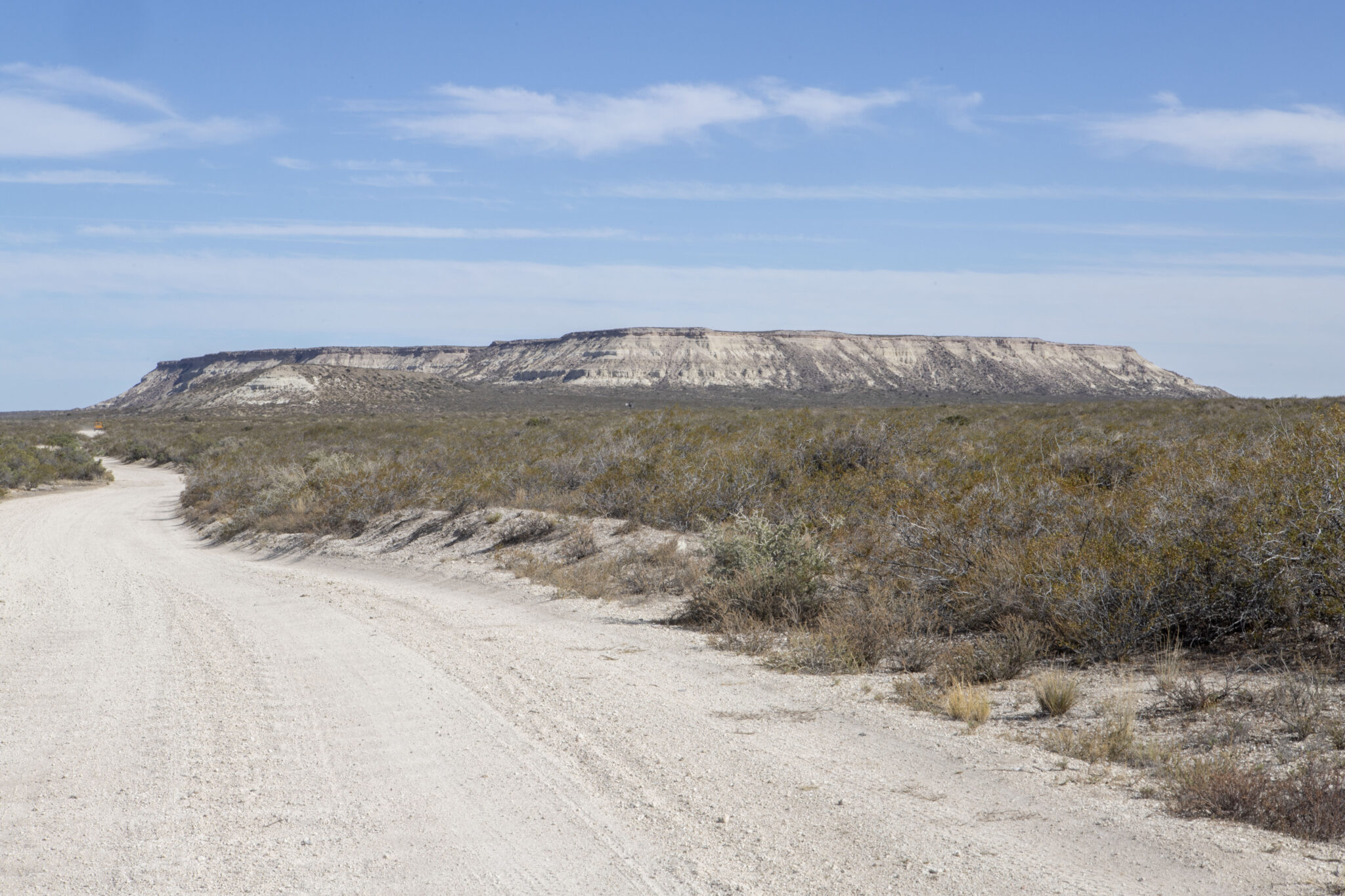 In this Patagonian corner, geography has shaped a unique seaside resort: unusually warm waters, cliffs that protect it, and a natural setting that combines mystery, history, and vitality.
In this Patagonian corner, geography has shaped a unique seaside resort: unusually warm waters, cliffs that protect it, and a natural setting that combines mystery, history, and vitality.
(c) Sergio Pappatico
